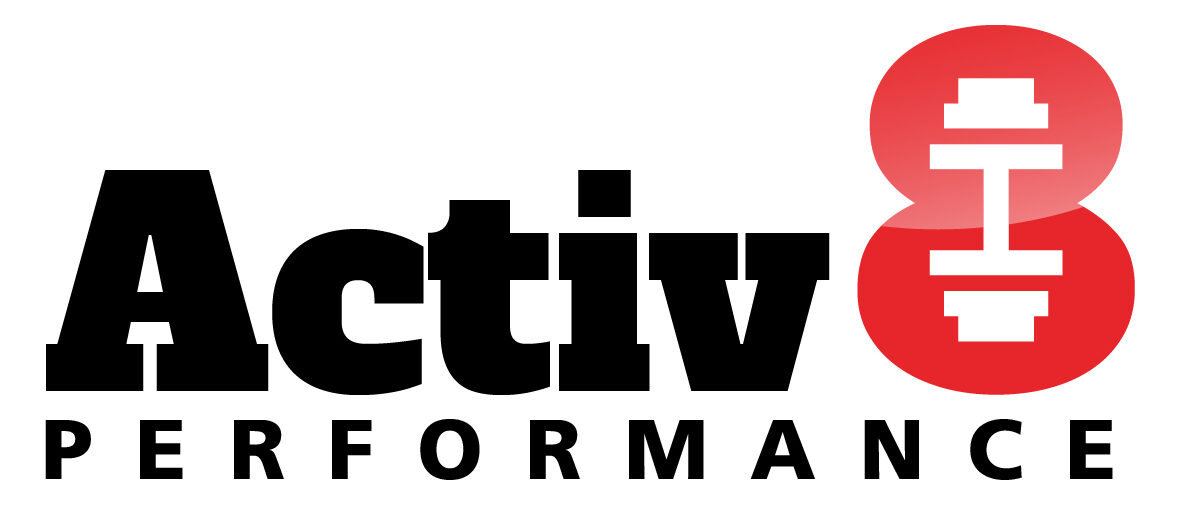For many athletes, the off-season is a period of rest and rejuvenation. A break from the rigours of competition can be essential for recovery both physically and mentally. However, while taking a breather from intense training is important, completely abandoning the foundation of your athletic prowess – the aerobic base – can be a strategic misstep. Let’s delve into the significance of maintaining an aerobic base during the off-season and the potential advantages it offers.
What is an Aerobic Base?
An aerobic base refers to the foundational cardiovascular endurance that allows athletes to perform at sustained intensities over extended durations. It’s the bedrock upon which all other training – from speed work to high-intensity intervals – is built. An aerobic base is cultivated through low-intensity, long-duration work that primarily utilise the aerobic energy system.
Preservation of the Aerobic Base
Think of your cardiovascular system as a machine that’s been fine-tuned throughout the preseason and in-season. Letting it fall into disuse can lead to detraining, which involves a reduction in cardiorespiratory fitness, decreased blood volume, and the potential for reduced capillary density. Maintaining an aerobic base ensures the preservation of these vital adaptations, setting the stage for a smoother return to competition-level training.
Metabolic Efficiency & Recovery
Low-intensity aerobic workouts encourage the body to utilise fat as its primary fuel source, enhancing metabolic efficiency. This adaptation ensures that athletes can effectively tap into fat reserves during prolonged exercises help to fat stores low, preserving glycogen stores for higher intensities. Even at a reduced intensity, blood flow and nutrient delivery to muscles is promoted, facilitating faster recovery from previous high-intensity training. It can also aid in the removal of metabolic waste products from muscle tissue, further promoting recovery.
Psychological Benefits
Staying aerobically active can have notable psychological advantages. Regular aerobic activity has been linked to the release of endorphins, which can act as natural painkillers and mood elevators. Keeping up with a consistent aerobic routine, even if it’s toned down, can be instrumental in warding off off-season blues and maintaining mental well-being.
A Head Start on the Next Season
For those who neglect their aerobic base in the off-season, the pre-season becomes a scramble to regain lost ground. On the other hand, those who maintain a steady aerobic regimen will likely return to their sport-specific training in a state of readiness, allowing for a more efficient transition into high-intensity workouts and skill drills with a lower chance of soft tissue injury.
Tips for Maintaining Your Aerobic Base in the Off-Season:
- Listen to Your Body: While it’s crucial to maintain an aerobic routine, it’s equally vital to acknowledge signs of fatigue or overtraining. Adapt your routine to your body’s feedback.
- Mix It Up: Incorporate cross-training to avoid monotony, off-load joints and overuse injuries. Activities like swimming, cycling, and rowing can be excellent alternatives to running.
- Set Off-Season Goals: Having clear, achievable targets can keep motivation high even when competitions seem distant.
- Stay Social: Joining off-season training groups or enlisting a workout buddy can make aerobic workouts more enjoyable and accountable.
In conclusion, while the off-season is undeniably a period for rest and recovery, it shouldn’t translate into complete inactivity. Maintaining an aerobic base can provide physical, metabolic, and psychological advantages that position athletes for success in the upcoming season. Embrace the off-season not just as a time to relax but also as an opportunity to lay the groundwork for future triumphs.



